Manual transmissions may be fading in popularity, but a new report suggests that while some challenges exist, they are not dead yet and will continue to be presence in the automotive market.
Getting a manual transmission-equipped vehicle can be hard these days with the manual fading from view as more younger buyers gravitate towards automatic transmission-equipped vehicles. This shift has forced many automakers to re-evaluate their approach regarding manual transmissions and whether they fit into their broader sales plans.
A new report from the Detroit Free Press confirms that the manual transmission is far from dead and if customers know where to look, they can still find a vehicle that allows them to row through the gears themselves versus relying on a computer to do it for them.
A learning curve
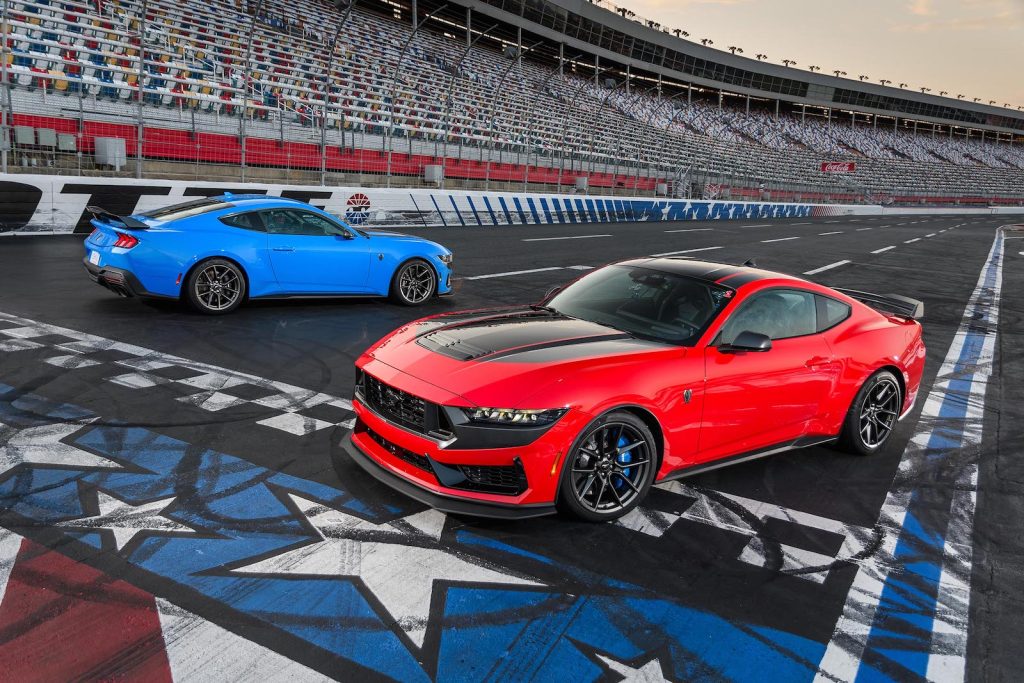
A growing number of younger buyers are not interested in learning how to drive a manual and instead prefer an automatic.
A key reason why manual transmissions are fading in popularity is that a growing number of younger buyers don’t want to learn how to drive them. That’s partially due to the learning curve that’s involved when first beginning to use a manual with drivers not only being responsible for shifting the gears, but also using the clutch pedal, and making sure they have enough throttle to avoid stalling the engine.
When faced with this setup and some of the practice that’s required, it’s no surprise that younger buyers prefer an automatic transmission which only requires them to get into the vehicle, start it up, and then drive away. This was not always the case, with manual transmissions being the default transmission choice when automobiles were first created in the early nineteenth century.
The technology was refined in the subsequent decades but manuals gradually started to fall out of favor in the 1950s with 80% of new vehicles sold in the U.S. in 1957 having an automatic. This continued into the 1970s and 1980s when advances in computer software and technology helped automatics shift quicker than their manual counterparts.
Automakers making tough choices
Another reason manual availability is declining is that automakers are being forced to make tough choices. Even if they want to offer a manual transmission in their vehicles, these firms have to contend with the fact that manuals are no longer the least expensive, efficient, or fastest transmissions available. For example, a 2024 Ford Mustang GT equipped with the 10-speed automatic can make the sprint to 60 mph in 4.3 seconds with the manual version doing the same feat in a slower 4.9 seconds.
In addition to being slower than modern automatic transmissions, a manual transmission is also more complex to engineer into a vehicle. Tadge Juechter chief engineer for the Chevrolet Corvette told Headlight.News that GM considered making a manual transmission available for the C8 Vette but ultimately decided against it due to the complexity that was involved when moving to the mid-engine layout. That included the driver-side footwell not having enough room for the clutch pedal to be put in.
Manuals are not as fuel efficient
Lastly, manual transmissions are also not as efficient as modern automatic transmissions and are responsible for creating spikes in emissions when moving from one gear to the other. An example of this is the 2024 Acura Integra A-Spec with the CVT version getting 29/36/32 mpg in city/freeway/combined driving. The A-Spec can also be equipped with a six-speed manual but loses 3 mpg in the city for a revised total of 26 and gets 30 mpg in combined driving.
This disparity is present in other vehicle models and for buyers that have fuel economy as a top buying consideration for their next vehicle purchase, they might skip the manual and go for an automatic transmission instead to get maximum fuel economy
Valet parking companies not servicing manual cars
While the declining popularity of manual transmission-equipped vehicles is often visually apparent when looking at dealer inventory lots, it can also pop up in other elements of daily life especially when going to your favorite restaurant or even a hotel when you’re traveling.
A growing number of valet companies are refusing to park manual transmission vehicles due to not having any crew members in their roster who can park and later retrieve the vehicle. That forces owners to find a spot and park the car themselves versus relying on a valet if they were to visit a restaurant, hotel, or another business. The shortage of these drivers is such a problem that many companies are putting out signs saying they don’t park manual transmission vehicles and often ask applicants if they can drive a manual when they are applying for these jobs.
Dealerships feeling the pressure
In addition to affecting your experience at the valet, the decreasing number of people who want to learn how to drive a manual can also affect your experience when you take your vehicle in for service at your local dealership.
As is the case with valet parking firms, many dealerships don’t have someone in their roster that can move or park manual transmission-equipped vehicles either. This results in not only increased wait times while they try and find someone who can, but also forces one department to sometimes borrow a manual driver from another part of the dealership to move a vehicle. This can slow things further and also reduce the amount of manpower the sales or service department has available while that individual is moving a vehicle.
More News Stories
- First Look: All-Electric 2025 Dodge Charger Daytona – And it Gets a Gas-Powered Sibling
- Ford Offering Performance Driving Programs for Mustang Buyers at Charlotte Motor Speedway
- End of the Line: Chevy Builds its Last Camaro – for Now
Manual transmission is far from dead
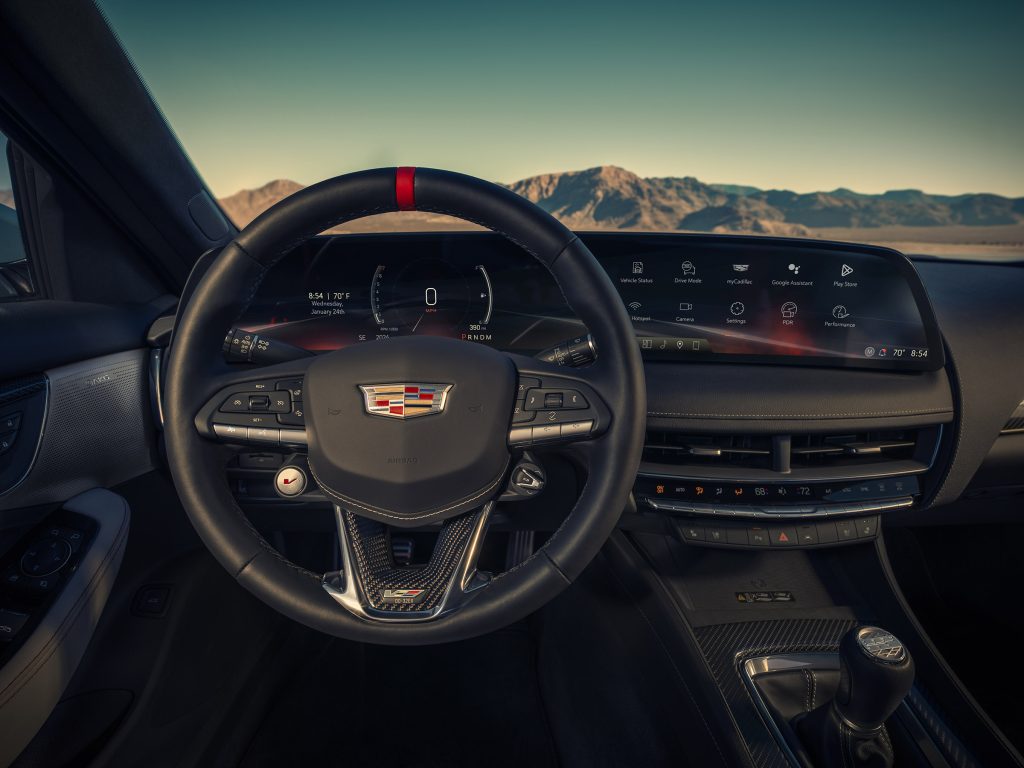
Manual transmissions are expected to be a niche choice for buyers especially those looking for performance vehicles.
But despite the challenges that many manual transmission owners might encounter when out and about in their vehicles, this transmission choice is far from extinct with automakers making decisions to still retain them in their vehicle lineups. MINI recently confirmed that the newest versions of the MINI hardtop and convertible would bring the manual transmission back into the lineup.
However, the real surprise was when Dodge revealed the all-electric Charger Daytona Banshee would come with a two-speed gearbox that would feature simulated shift points to replicate the operation of a manual transmission. Look for manual transmissions to be more of a niche choice over the next few years, with these transmissions being used predominantly in performance and off-road vehicles.
That includes the 2025 Cadillac CT5-V Blackwing with that model allowing customers to choose from either a 10-speed automatic or a six-speed manual to help get the most out of its 668 hp 6.2-liter supercharged V8.

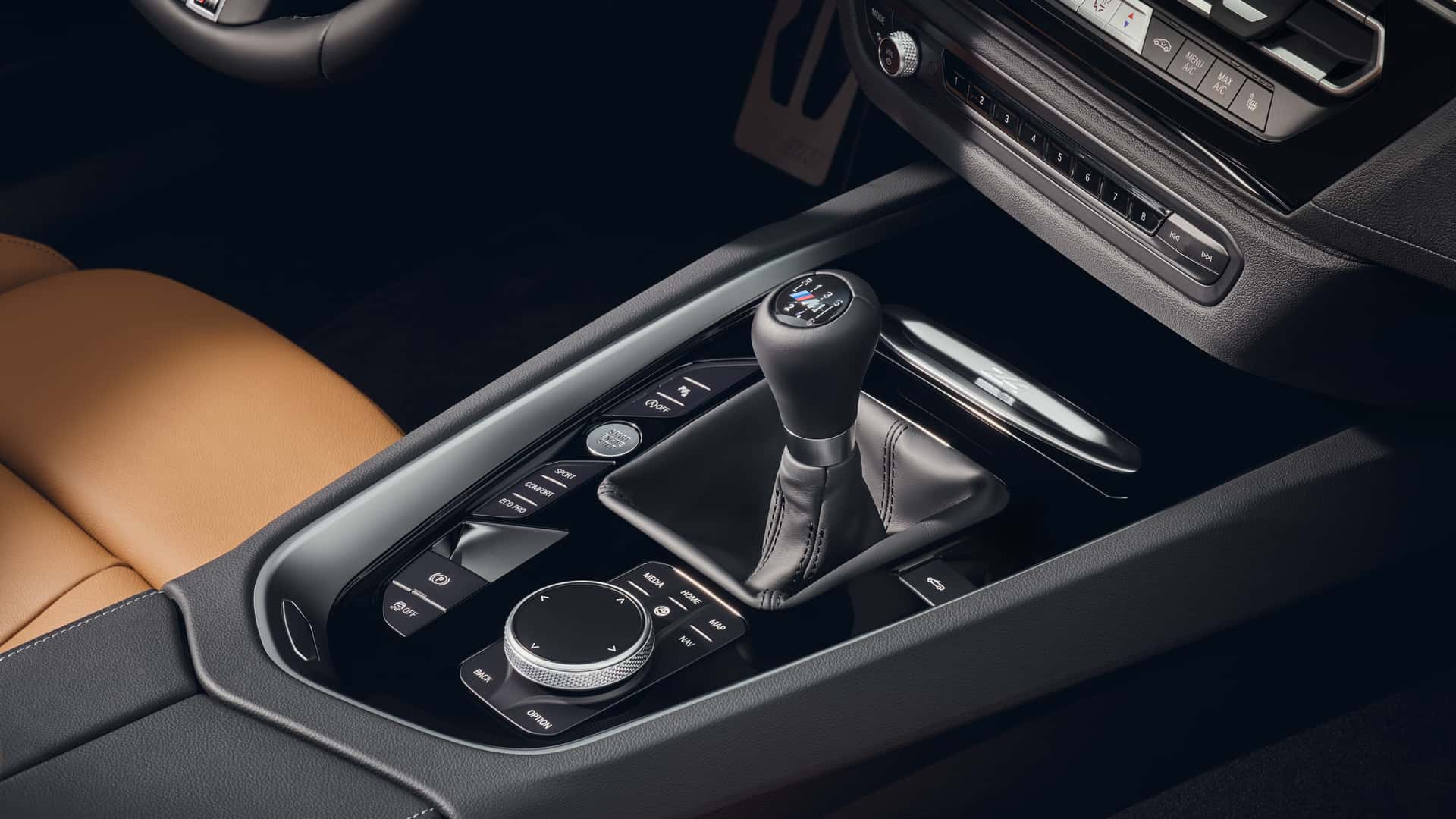

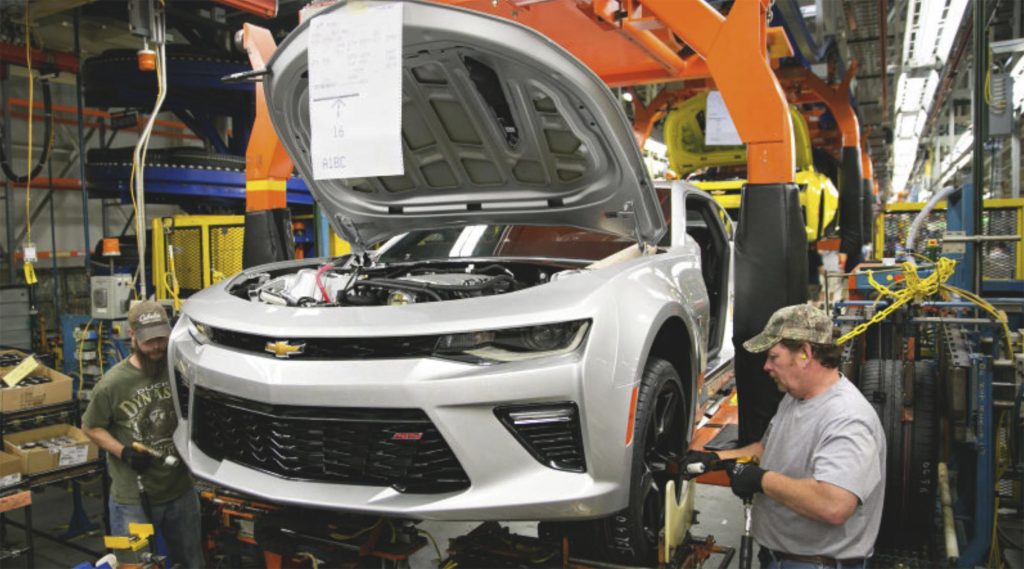
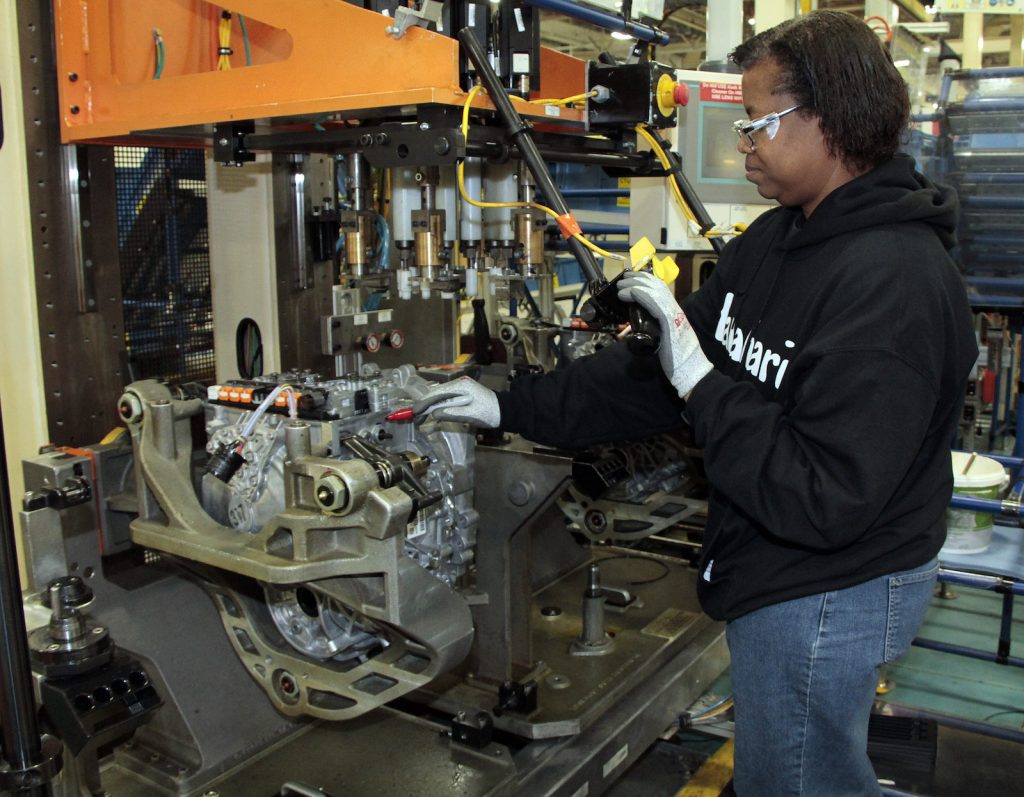
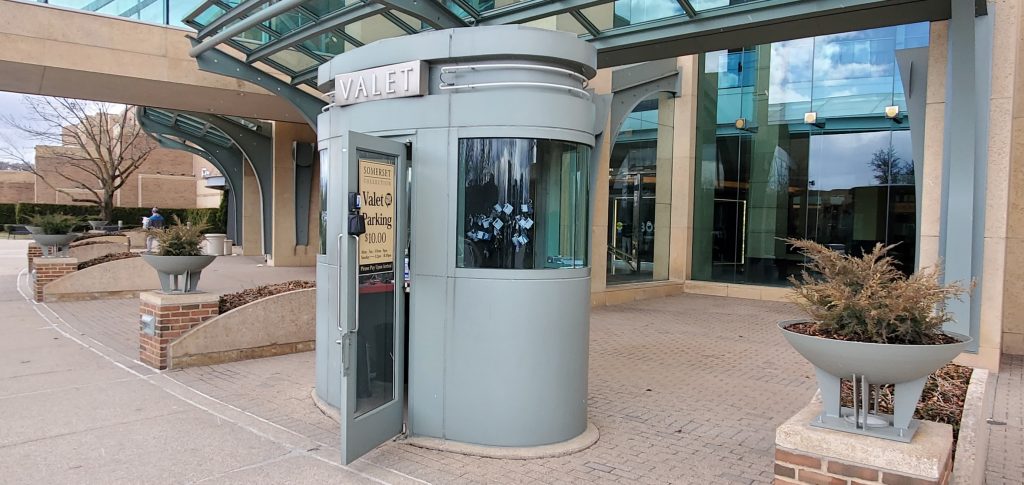
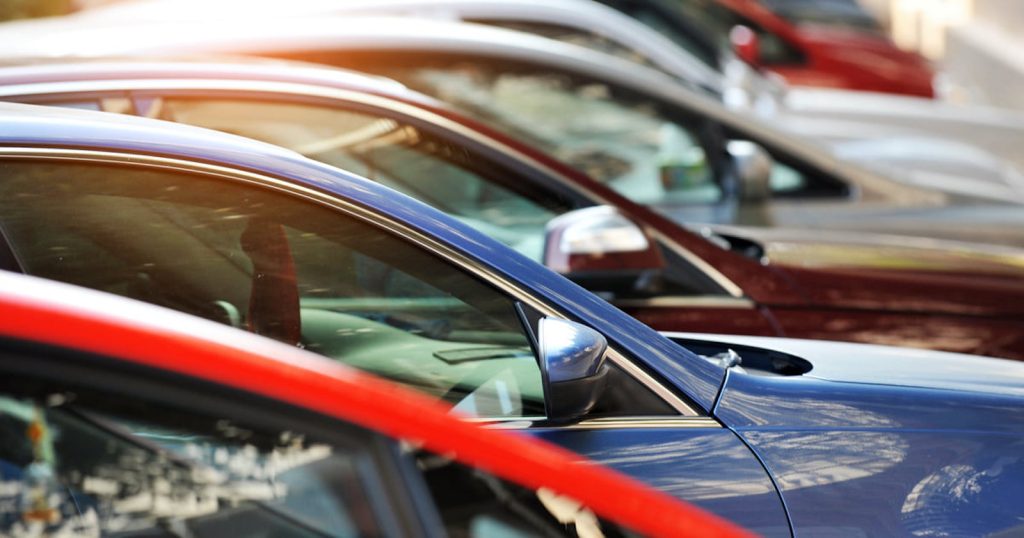




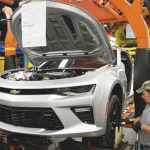

0 Comments